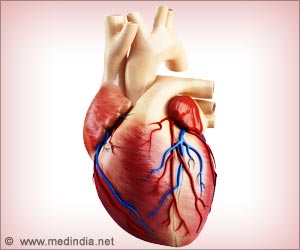Computer-aided design is being used to create an implant for patients with Poland syndrome, finds a new study.

‘Computer-aided design (CAD) techniques are being used to create custom-made silicone implants for reconstructive chest surgery.’





Custom-Made Implants Provide New Alternative for Treating Chest DeformityPoland syndrome is a rare malformation that causes varying chest abnormalities, often with accompanying malformations of the hand. In these patients, the largest muscle of the chest (pectoralis major) is absent or underdeveloped on one side, causing visible deformity. Poland syndrome occurs in about 1 out of 30,000 births; about three-fourths of affected patients are male.
Chest reconstruction in patients with Poland syndrome poses complex challenges for the surgeon. A wide range of procedures have been used, such as muscle flaps or silicone implants made from plaster molds. In recent years, Dr. Chavoin and colleagues have developed an innovative, minimally invasive approach: using 3D modeling with CAD technology to create customized silicone implants.
The implants are prepared according to a four-step process. A thin-section computed tomography scan of the patient's chest is obtained. The digital data are used to create a 3D CAD model of the implant, "virtually correcting" the patient's chest deformity. A prototype of the CAD model is prepared using 3D machining and used to cast a rubber silicone elastomer implant.
After sterilization, the customized implant can be placed under the patient's skin by a relatively simple surgical procedure. The article on the Plastic and Reconstructive Surgery website® illustrates the implant design and surgical procedure.
Advertisement
Both men and women reported high satisfaction rates - more than 90 percent of patients rated their cosmetic outcomes as good or excellent. On a standard questionnaire, patient ratings indicated improvement in social and emotional aspects of quality of life. Some patients said they felt discomfort related to the implant during intense sporting activities. The implants and patient outcomes remained stable during long-term follow-up in 41 patients.
Dr. Chavoin and colleagues previously reported the successful use of custom-made implants in patients with pectus excavation ("sunken" or "funnel chest") deformity. Since developing their CAD implant approach, the researchers have "completely abandoned" other procedures for Poland syndrome, each of which has disadvantages and limitations. They conclude, "Obtaining an excellent result remains difficult in patients with Poland syndrome, but 3D CAD has optimized our reconstructions."
Source-Eurekalert















